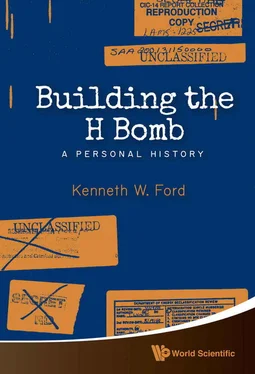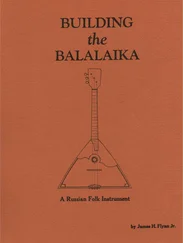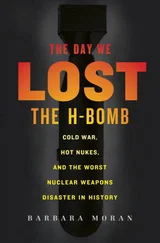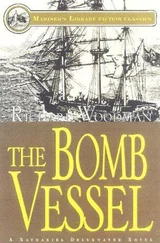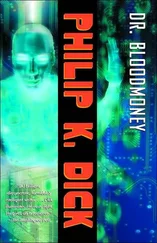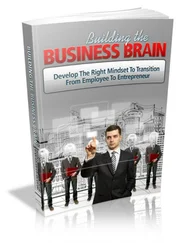Kenneth W. Ford
BUILDING THE H BOMB
A PERSONAL HISTORY
To the memory of my many nuclear friends who are no longer with us
Praise for Building the H Bomb
Ken Ford has written a truly remarkable book. It is not only the story of his life but it is a primer for the nuclear age. He is one of the few witnesses left of how the hydrogen bomb was created. There are portraits of people like Edward Teller and John Wheeler and the physics is clear. It is a must read for anyone who wants to learn about the history of nuclear weapons.
Jeremy Bernstein, author of
Nuclear Iran and
A Chorus of Bells and Other Scientific Inquiries.
Ken Ford’s book provides a first-hand look at the early days of U.S. thrermonuclear weapons design and the work under John Wheeler of the Matterhorn B (for bomb) project at Princeton that focussed on predicting the yield of the first U.S. test of a hydrogen bomb—Mike—on November 1, 1952. Knowing all the participants, I found the account accurate as well as entertaining.
Richard Garwin, principal designer of the Mike thermonuclear device, co-author of
Megawatts and Megatons: The Future of Nuclear Power.
Building the H Bomb offers a rare and fascinating insider’s look at the making of humankind’s most powerful nuclear weapon. Ford combines his trademark talent for explaining physics with a warm, engaging personal story. Amidst the darkness of Cold War paranoia and the nuclear arms race, Ford lets the scientists’ personalities, their quest for knowledge, and his own youthful innocence shine through. Part physics, part history, part memoir, this book reminds us that science is ultimately a very human endeavor.
Amanda Gefter, author of
Trespassing on Einstein’s Lawn
A charming and engrossing book about the building of the hydrogen bomb, the individuals who built it, the development of computers and much more from the point of view of a young man who was in the middle of all of it and knew everybody.
Gino Segrè, author of
Faust in Copenhagen and
Ordinary Geniuses, at work on a biography of Enrico Fermi.
The development of the hydrogen weapon that was carried out simultaneously in the USA and the USSR is a wonderful example of dedication, professionalism and brilliant work of scientists in our two countries.
Publications by first-hand participants of these projects are becoming especially precious. This book is a rare example of firsthand recollections of a participant providing popular, but precise description of the H-bomb invention process.
Ford’s recollections of meetings with many outstanding scientists of the 20th century who have turned into historical figures by now, including those who were very young at that time—for example, Richard Garwin—are especially valuable.
The combination of clear description of physical processes and vivid personal emotions with precise depiction of political climate in the USA at that time is of special value.
It was a pleasure to read this book and I wish many would read it.
Zhores I. Alferov, rector of St. Petersburg’s Academic University, winner of the 2000 Nobel Prize in Physics, and the subject of Paul Josephson’s
Lenin’s Laureate: Zhores Alferov’s Life in Communist Science.
This book is three things. It is a history of the development of the world’s first hydrogen bomb. It is also a memoir of the author when he was twenty-four to twenty-six years old. And it is a mini-textbook on nuclear physics. Think of it as a three-stranded braid, not a three-ingredient blend. As you proceed, you will encounter bumps here and there as one strand yields to another. I have tried to lighten and brighten the trip with lots of illustrations. I hope that in the end you will conclude that it all hangs together and makes for an agreeable as well as informative ride.
Ken Ford
According to the United States Department of Energy, this book contains some secrets. I disagree.
During the period that is the focus of this book, 1950-1952, I held what was (and still is) called Q clearance. That gave me access to secret and even some top secret weapons information, and it gave me the opportunity to create such information. In this book, in addition to personal recollections of people and events from that period, I discuss weapons information that may have once been secret but is now in the public domain. I have bent every effort to avoid revealing any information that is still secret.
Any technical details that I provide, such as dimensions or weight or energy yield, are taken from now publicly available sources, not from my very hazy memory (with one exception—see page 177). It’s been more than sixty years!
In my considered opinion, this book contains nothing whose dissemination could possibly harm the United States or help some other country seeking to design and build an H bomb.
Ken Ford
In the summer of 1942, three years before nuclear weapons devastated Hiroshima and Nagasaki, a small group of notable physicists gathered in Berkeley, California. Their mission: to consider how nuclear physics could be applied to war. They knew that there were two possible ways in which atomic nuclei might release immense energy, energy vastly greater than could be provided by the kinds of explosive weaponry then in use. Those two ways were fission and fusion.
The energy of “conventional” weapons is chemical energy. It is achieved when individual atoms rearrange their links to other atoms in chemical reactions. Nuclear energy, by contrast, is achieved, as its name suggests, when the tiny cores at the centers of all atoms—the atomic nuclei—are rearranged in nuclear reactions.
Nuclear fission was discovered in December 1938. A nucleus of the heavy atom uranium (number 92 in the periodic table), when struck by a small electrically neutral particle called a neutron, can break apart into two fragments, each of which is the nucleus of an atom much lighter than uranium. In the process energy is released, far more energy per atom than in chemical change. (The name fission was borrowed from the terminology for cell division in biology.)
But vast energy per atom means little if there are not trillions of trillions of atoms involved. That’s where the chain reaction comes in. The year 1939 had hardly begun before physicists—first in the United States, then around the world—learned that in each fission process, on average, two or more additional neutrons are emitted, opening the possibility that one fission event could trigger two more, which could then trigger four, then eight, and so on until, in a small fraction of a second indeed trillions of trillions of nuclei could undergo fission, and devastation on an unheard-of scale could be the result.
Nuclear fusion was known as a laboratory phenomenon many years before nuclear fission was discovered, but it was not until 1939 that physicists fully embraced the idea that the energy of the Sun—and other stars—comes from the combination (or “fusing”) of the nuclei of hydrogen (number 1 in the periodic table) to form nuclei of the heavier element helium (number 2). Just as with fission, this fusion process releases far more energy per atom than does chemical change. And, just as with fission, this fact means little unless an astronomical number of atoms take part in a very short time.
This knowledge of fission and fusion is what the physicists in Berkeley had before them that summer. It took little time for them to conclude that a fission bomb (or A bomb, as it came to be called) was very probably feasible. By that fall, the Manhattan Project would be officially launched, and by the next spring work on fission bombs would shift into high gear—work that culminated, in the summer of 1945, in the successful “Trinity” test in the New Mexico desert and in the still-controversial decision to drop fission bombs on Japanese cities. (By that time, plutonium had been added to the roster of fissionable elements, and two of the three nuclear explosions in 1945 used that element.)
Читать дальше
